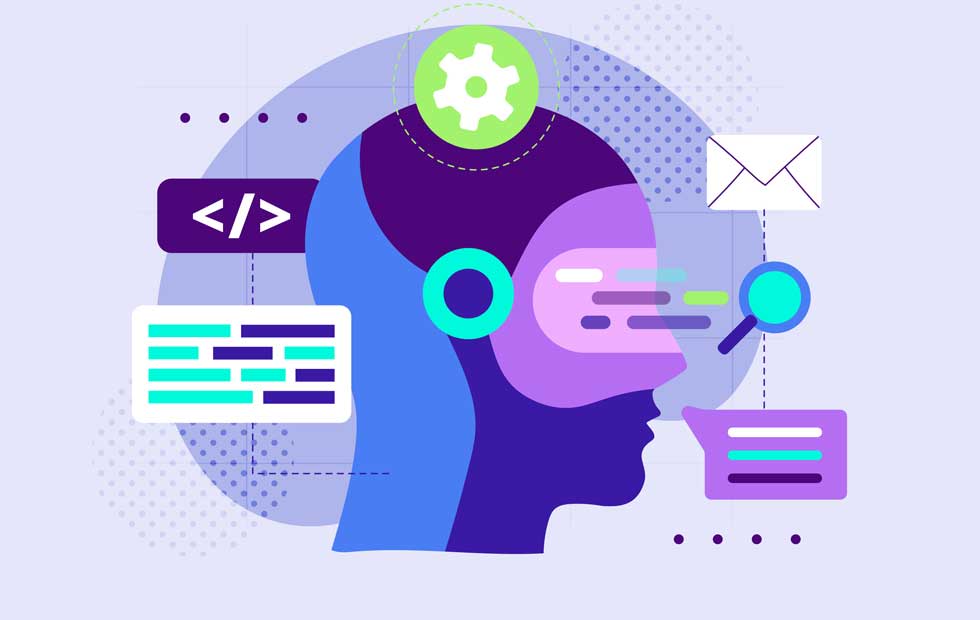Chatbots have shifted from being a “nice-to-have” feature to a critical tool in U.S. digital marketing and customer support. In 2025, businesses rely on AI-powered chatbots not only to answer FAQs but also to generate leads, qualify prospects, automate sales, and even handle compliance-driven conversations. The market is crowded, and choosing the right platform depends on company size, budget, and technical requirements.
Below is an in-depth expert review of the 7 best AI chatbot platforms in 2025, covering their strengths, weaknesses, pricing policies, and ease of use.
1. Drift
Pros: Drift is widely recognized for its strength in conversational marketing and B2B lead generation. It integrates seamlessly with CRMs like Salesforce and HubSpot, helping sales teams capture leads and book meetings instantly. Its AI capabilities allow advanced routing and real-time personalization, which is especially valuable for enterprise-level SaaS companies.
Cons: Drift’s sophistication can be overwhelming for smaller businesses. The platform is heavily geared toward B2B sales, meaning companies outside that niche may not fully benefit. Setup and customization may also require technical support, which adds to onboarding costs.
Pricing and Ease of Use: Drift follows a premium pricing model, often running into several hundred dollars per month for full functionality. While it delivers strong ROI for enterprises, it can feel cost-prohibitive for startups. The interface is professional but requires training, making it better suited for teams with a dedicated sales or marketing staff.
2. Intercom
Pros: Intercom shines in blending automation with human support, making it a great fit for customer-centric businesses. It offers advanced workflows, segmentation, and integrations with popular platforms like Slack, Shopify, and Zendesk. Its balance between chatbot automation and live agent handoff ensures smooth customer experiences.
Cons: Intercom’s versatility sometimes translates into complexity. Businesses without a technical team may find it challenging to build advanced flows. Additionally, costs can escalate quickly as companies add users or scale up customer conversations.
Pricing and Ease of Use: Intercom’s pricing is tiered, starting affordable but scaling steeply for larger organizations. The user interface is polished and relatively intuitive once set up, but full optimization may require time and expertise. For mid-sized eCommerce and SaaS companies, it offers strong long-term value.
3. Zendesk Answer Bot
Pros: Zendesk Answer Bot is ideal for organizations already using Zendesk’s customer support suite. It efficiently resolves repetitive inquiries with machine learning and reduces ticket volumes. The escalation to human agents is smooth, ensuring customer issues are handled without friction.
Cons: Its functionality is somewhat limited compared to more advanced chatbot platforms. Businesses seeking conversational depth or marketing automation will find Zendesk restrictive. It is best viewed as a support tool rather than a full-service chatbot platform.
Pricing and Ease of Use: Zendesk Answer Bot pricing is bundled into the Zendesk ecosystem, making it cost-efficient for existing customers but less attractive for new users. The interface is simple and directly tied into the helpdesk, which reduces setup complexity. Ease of use is high, but customization options are limited.
4. Tidio
Pros: Tidio is popular among small and medium businesses thanks to its affordability and simplicity. It offers pre-built chatbot templates, making setup quick even for non-technical users. Its combination of live chat, email, and chatbot functionality is attractive for eCommerce stores.
Cons: Compared to enterprise-level platforms, Tidio lacks some advanced AI features. Businesses that need highly personalized, multi-language, or compliance-heavy conversations may find it too basic. The platform is more effective for simple automations than for enterprise-scale integrations.
Pricing and Ease of Use: Tidio is one of the most budget-friendly platforms, with free and low-cost plans starting under $30 per month. Its drag-and-drop builder makes it highly accessible to beginners, and its Shopify integration is especially valuable for online stores. Ease of use is its biggest strength.
5. ManyChat
Pros: ManyChat is designed for businesses that thrive on social platforms like Instagram, WhatsApp, and Facebook Messenger. It’s excellent for lead generation, subscriber growth, and conversational marketing campaigns. The drag-and-drop builder allows quick setup without coding.
Cons: ManyChat’s focus on social channels can be limiting for businesses that prioritize web-based or enterprise chat. While powerful for marketing, it is less suitable for complex support scenarios or industries that require compliance-heavy features.
Pricing and Ease of Use: ManyChat offers a freemium model with premium plans starting around $15 per month, scaling with usage. Its affordability and simplicity make it a go-to for creators, influencers, and small businesses. Ease of use is very high, which is why it remains popular with entrepreneurs.
6. HubSpot Chatbot Builder
Pros: HubSpot’s chatbot builder integrates natively with its CRM, making it an excellent tool for inbound marketing and lead nurturing. Businesses can automate qualification, appointment scheduling, and onboarding processes seamlessly. The synergy with the rest of the HubSpot suite is its biggest advantage.
Cons: The chatbot functionality is limited compared to specialized platforms. Businesses outside the HubSpot ecosystem may find the tool less compelling. For advanced chatbot needs, companies may require third-party integrations.
Pricing and Ease of Use: HubSpot offers a free version with limited functionality, while premium features are bundled into its broader CRM plans. This makes it cost-effective for HubSpot users but expensive for those who adopt it solely for chatbots. Ease of use is high, especially for teams already familiar with HubSpot’s interface.
7. LivePerson
Pros: LivePerson is one of the most robust AI chatbot platforms, built for large enterprises in industries like banking, telecom, and healthcare. Its AI agents can handle complex, compliance-sensitive conversations at scale. The omnichannel support (voice, web, SMS, messaging apps) makes it a comprehensive enterprise solution.
Cons: LivePerson is overpowered and overpriced for small businesses. The platform requires significant investment in setup and ongoing management. Its complexity means it’s not suitable for companies without dedicated technical resources.
Pricing and Ease of Use: LivePerson’s pricing is custom and generally high, reflecting its enterprise focus. While the platform is feature-rich, ease of use can be challenging due to its depth. For enterprises with resources, however, the investment pays off in security, scalability, and advanced analytics.
FAQs
1. Which chatbot is best for small businesses in the U.S.?
Tidio and ManyChat are excellent due to affordability, simplicity, and quick setup.
2. Which chatbot platform offers the best CRM integration?
HubSpot Chatbot Builder and Drift excel because of their seamless CRM connections.
3. What platform is best for social-first marketing?
ManyChat dominates for businesses using Instagram, Messenger, and WhatsApp campaigns.
4. Are enterprise chatbots worth the higher price?
Yes, for industries requiring compliance, scalability, and omnichannel support, platforms like LivePerson deliver strong ROI.
5. Can chatbots fully replace human agents?
No. They are ideal for repetitive and simple queries but work best when combined with human support for complex issues.
Summary
AI chatbot platforms in 2025 offer solutions for every segment of the U.S. market—from budget-friendly tools like Tidio and ManyChat for small businesses, to enterprise-grade systems like LivePerson for regulated industries. Each has strengths and trade-offs, and the right choice depends on a company’s size, budget, and goals.
What’s clear is that chatbots are now essential for driving efficiency, improving customer satisfaction, and scaling digital marketing. Companies that carefully evaluate pros, cons, and pricing models will find a platform that not only reduces costs but also enhances customer relationships. The future of customer engagement is conversational, and these seven platforms are leading the way in 2025.



